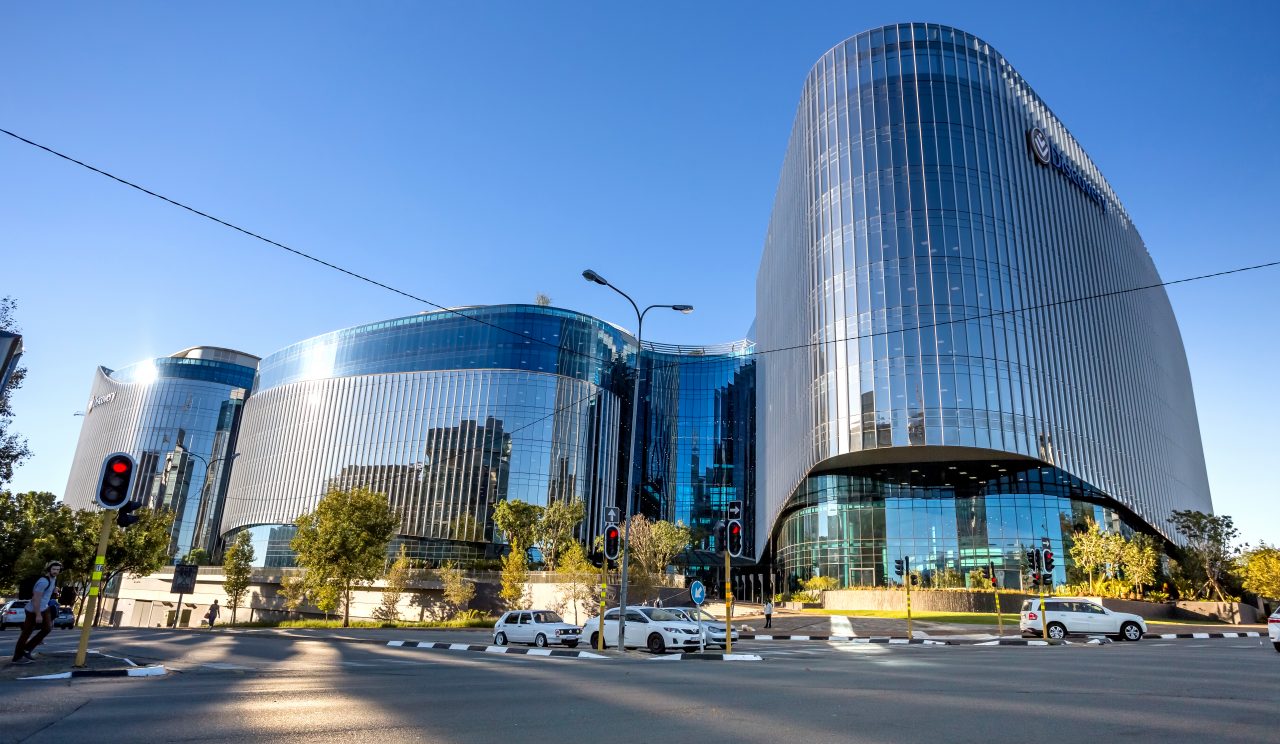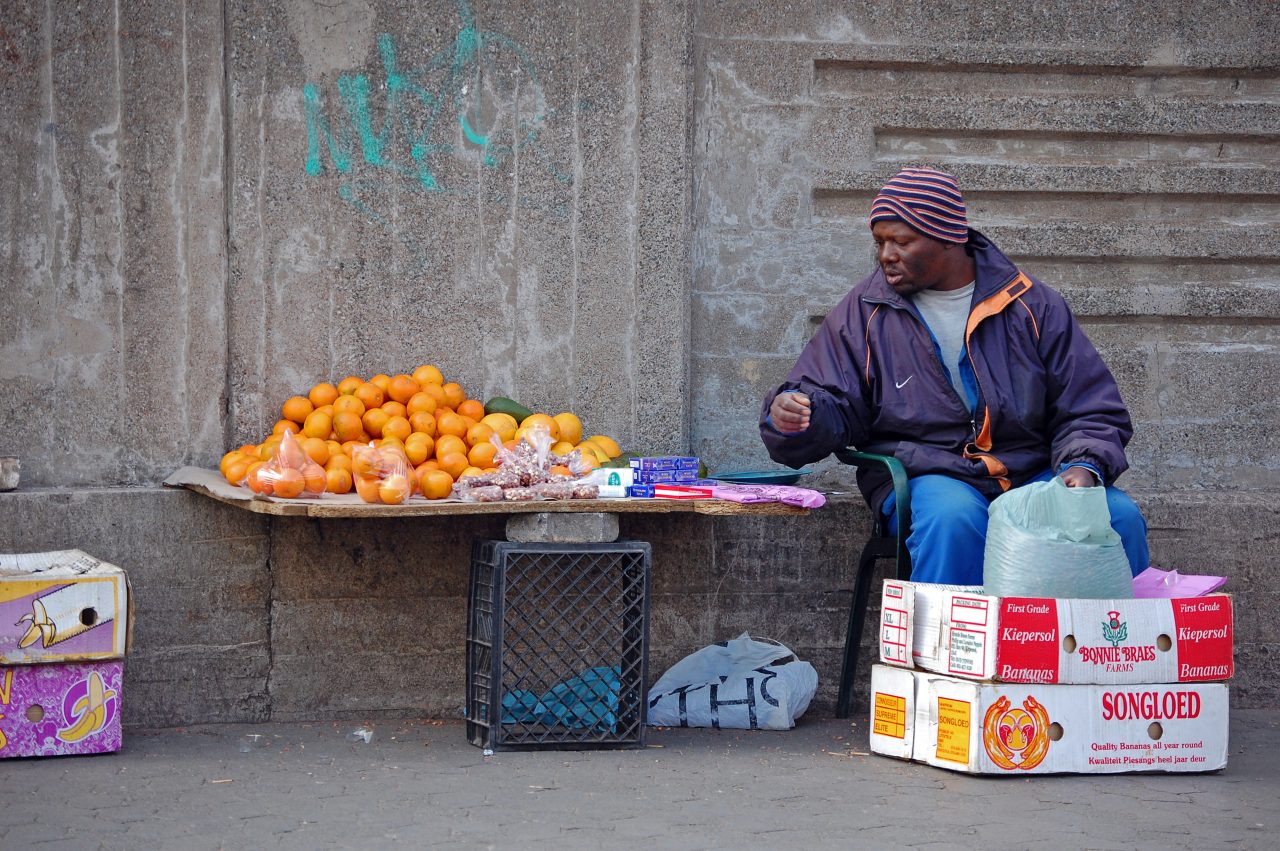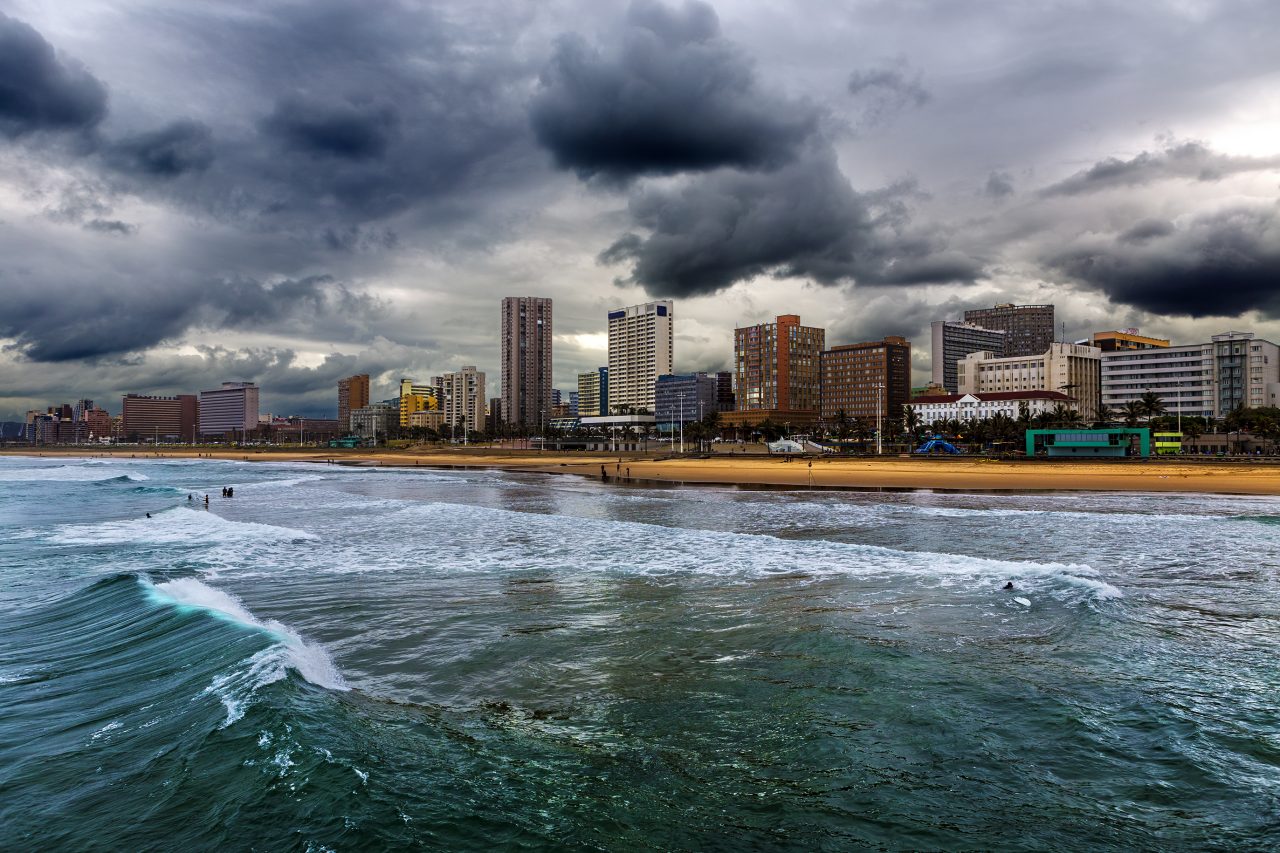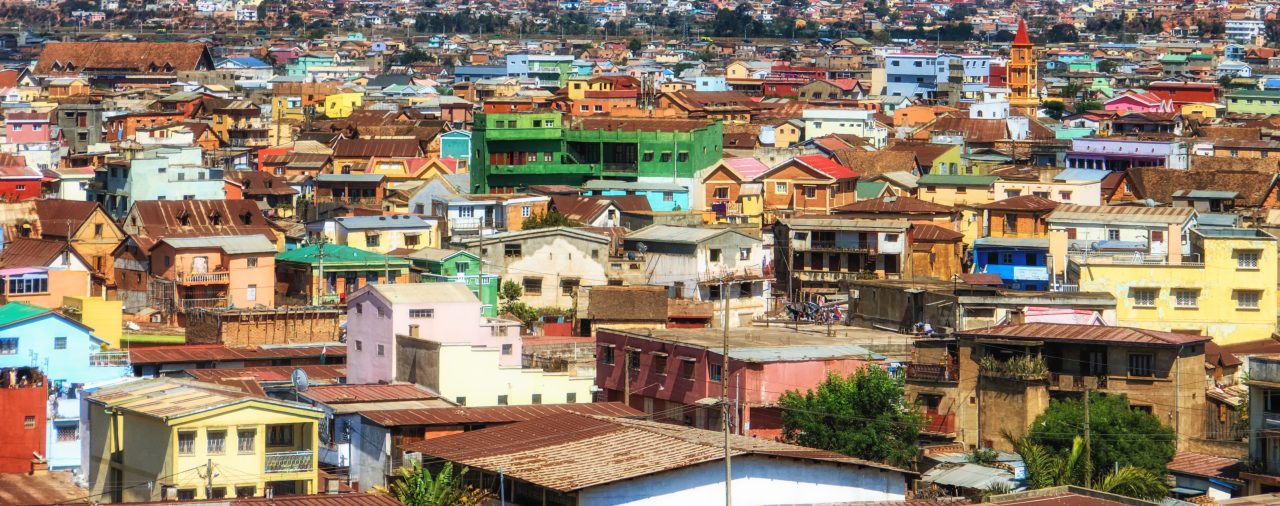Join GlobalBizzNetwork and start your international business network today.
South African food
For the more daring diner, South Africa offers culinary challenges ranging from crocodile sirloins to fried caterpillars to sheep heads. All three are reputed to be delicious.For the not-quite so brave, there are myriad indigenous delicacies such as biltong (dried, salted meat), bobotie (a much-improved version of Shepherd’s pie) and boerewors (hand-made farm sausages, grilled on an open flame).Those who prefer to play it altogether safe will find that most eateries offer a familiar global menu – anything from hamburgers to sushi to pad thai to spaghetti bolognaise. And you can drink the tap water.
On a single street in a Johannesburg suburb, one finds Italian restaurants, two or three varieties of Chinese cookery, Japanese, Moroccan, French, Portuguese and Indian food, both Tandoor and Gujarati. Not far away are Congolese restaurants, Greek, even Brazilian and Korean establishments, and, everywhere, fusion, displaying the fantasies of creative chefs. It’s not much different in the other major centres, such as Cape Town or Durban. Restaurant guides that categorise eateries by national style list close to two dozen, including Vietnamese and Swiss.
Those in search of authentic South African cuisine have to look harder for those few establishments that specialise in it – like the justly famous Gramadoelas in central Johannesburg, Wandie’s Place in Soweto, the Africa Café in central Cape Town or smaller restaurants in that city’s Bo-Kaap, in Khayelitsha and Langa. Or one can watch for glimmers of the real thing. There are varieties of biltong in every café, in big cities and little dorps. Every weekend there wafts from neighbourhoods rich and poor the smell of spicy sosaties being grilled over the braai. Steak houses may specialise in flame-grilled aged sirloin, but they also offer boerewors. And sometimes, in posh restaurants, there is the occasional fusion dish – not the common merger of east and west, but north and south: marinated ostrich carpaccio at Sage in Pretoria, oxtail ravioli with saffron cream sauce at Bartholomeus Klip in Hermon on the Cape west coast, even Tandoori crocodile at the Pavilion in the Marine hotel in Hermanus.
There is crocodile on the menu and kudu, impala, even warthog at a number of restaurants that offer game. But there won’t be seagull, mercifully, or penguin. Both were staple foods for the strandlopers (or beachcombers) – a community of Khoi who lived on the Cape shore – and the Dutch and Portuguese sailors who made landfall there.
‘Rainbow’ cuisine
It was the search for food that shaped modern South Africa: spices drew the Dutch East India Company to Java in the mid-1600s, and the need for a half-way refreshment stop for its ships rounding the Cape impelled the Company to plant a farm at the tip of Africa. There are sections of Commander Jan van Riebeeck’s wild almond hedge still standing in the Kirstenbosch Gardens in Cape Town. That farm changed the region forever. The Company discovered it was easier to bring in thousands of hapless slaves from Java to work in the fields than to keep trying to entrap the local people, mostly Khoi and San, who seemed singularly unimpressed with the Dutch and their ways. The Malay slaves brought their cuisine, perhaps the best-known of all South African cooking styles. The French Huguenots arrived soon after the Dutch, and changed the landscape in wonderful ways with the vines they imported. They soon discovered a need for men and women to work in their vineyards, and turned to the Malay slaves (and the few Khoi and San they could lure into employment). Much later, sugar farmers brought indentured labourers from India to cut the cane. The British, looking for gold and empire, also brought their customs and cuisine, as did German immigrants. And black communities carried on eating their traditional, healthy diet: game, root vegetables and wild greens, berries, millet, sorghum and maize, and protein-rich insects like locusts.Today the resultant kaleidoscope – the famous “rainbow” – applies not only to the people but to the food, for one finds in South Africa the most extraordinary range of cuisines.
The Cape Malay influence
The strandlopers who combed the Cape shores back in the 17th century dined on mussels, abalone, crayfish and seals, on roots and fruits and edible seaweed. Their kinsmen, the Khoi, kept sheep and cattle and feasted on kaiings – crisply fried sheep-tail fat mixed with wild cabbage. Their cousins, the San, were hunters who needed neither seafood nor domesticated animals when game was abundant, which it was in the 17th century, even in the Cape. And along with buck or elephant or hippo meat, there was veldkos or wild plants – mustard leaves, sorrel, wild asparagus – and waterblommetjies, found in dams and vleis in the Boland beyond Cape Town. Veldkos was eventually edged out by the Dutch East India Company’s crops – the usual beans, peas and spinach, lettuce and cultivated asparagus – but waterbloommetjies have survived. In season, these little creamy white flowers make it to the table in waterblommetjie bredie, a delicious stew usually – but not necessarily – made with mutton and flavoured with sorrel. The spicy East Bredies are stews, but with a spicy Cape Malay difference. That difference was hailed by poet-physician C Louis Leipoldt as “the free, almost heroic, use of spices and aromatic flavouring” in his book Cape Cookery, where he praised bredies as “a combination of meat and vegetables so intimately stewed that the flesh is thoroughly impregnated with the vegetable flavour while the vegetables have benefited from the meat fluids … Neither dominates but both combine to make a delectable whole that is a triumph of cooperative achievement.” Tomato bredie, normally made with mutton, is cooked for a very long time, and its seasonings include cinnamon, cardamom, ginger and cloves as well as chilli. Imagine the Dutch burghers’ surprise when their hotpots turned into bredies overnight! Bobotie could be described as a Malay improvement on shepherd’s pie, with a good deal of the spice cupboard mixed with the mince – cumin, coriander, tumeric, allspice, even chutney, almonds and sultanas as well as garlic and peppercorns – plus a masala that includes dried chillies, peppercorns, ground ginger, cloves, cinnamon sticks and cadamom pods, with a savoury custard instead of mashed potatoes on top. For sosaties – from sesate (skewered meat) and sate (spicy sauce) – mutton chunks are marinated overnight in fried onions, chillies, garlic, curry leaves and tamarind juice, then threaded on skewers and either pan-fried or chucked on to a grill. The result is lean and gloriously tasty. Cape Malay curries are famous, and not as hot as Indian curries. They are served with an array of sambals and atjars: hot with cool meals and cooling with super-spicy ones.
India meets Africa
Some two centuries after the first Malay slaves landed in the Cape, a boatload of indentured labourers arrived in Durban to work in the sugar cane fields. Others followed – both Hindu and Muslim, from all over India – and when their 10-year contracts were over, they stayed. Clearly there was a market here; merchants arrived from Gujerat and the north to service it and, like the labourers, they stayed. Indian cookery grew so popular over the decades that followed that Zulus in Natal adopted curries as their own, although they left out the ginger. The classic Indian Delights cookery book, first published by the Women’s Cultural Group in 1961 and since reprinted many times, claims that curry and rice is a national dish, and few would disagree. The variety of curries, atjars, samoosas, biryanis are a delight to the South African palate, and the growing popularity of tandoori restaurants over the last 20 years has enhanced a popular cuisine.
African cuisine and the mielie
Throughout most of the country, however, South African cuisine relies on meat and mielies (maize). Many South Africans, black and white, would cheerfully go through their lives eating little else. Up to half the arable land in South Africa is planted with maize, which was grown by tribes across southern Africa long before the colonists arrived. Jan van Riebeeck imported some seed corn, but it didn’t take off; it was the strains grown by black communities that trek-farmers, looking for greener pastures, and voortrekkers, pushing well beyond the Cape to avoid British rule in the mid-1800s, took to their hearts and their palates.
braaivleis and biltong
The braai (barbecue) is where the paths of black and white South Africans intersect gastronomically most often. Meat roasted over an open fire and stywe mieliepap (stiff maize porridge) served with tomato, onion and chillies, as a gravy or a relish – it is a shared taste. So is the national love of dried meat in its current form, biltong. Who first preserved excess meat from the hunt by smearing it with spices and hanging it out to dry? In this semi-arid country, the San would almost certainly have dried a portion of meat from each kill as insurance against lean times. Black Africans have traditionally preserved extra meat by drying it in strips, a handy shape for dropping into the stew. The Dutch brought the recipe for tassal meat from the Old World, rubbing strips of meat with salt, pepper and coriander, covering them with vinegar to preserve them. They later added saltpetre to the mix, sprinkled vinegar over and hung the meat up to dry. The Voortrekkers made of this customary food a delicacy, using venison, beef, ostrich – whatever they could find. In South Africa, it is unthinkable to set out on a family vacation without a supply of biltong; and watching rugby – either on television or at the grounds – is not the same without the stuff in some form, in strips or in slices. There are many variations. Sometimes, in the old Dutch fashion, the meat is dipped in vinegar, with saltpetre and brown sugar in the mix. If it’s venison, often juniper berries and ground spices are rubbed in. The meat is hung to dry anywhere from five days to a fortnight, after which it lasts a very long time.
the Afrikaner kitchen
South African dried fruit is as famous as its dried meat, and South African preserves are unbeatable. Claimed by everyone but probably handed down by the Afrikaners’ French forebears, preserves, known as konfyt – probably from the French confiture – feature jewel-like pieces of watermelon rind, quince or other hard fruit, soaked in lime water, then cooked in sugar syrup and spices, presented in syrup and eaten on their own. Green fig is one of the best-known and most delicious, steeped in a syrup seasoned with cinnamon and dried ginger. South African puddings are generally superb, and extremely sweet, and the legacy of all its inhabitants, from English trifle to Afrikaner melktert (milk tart). So, to some extent, are the foods most commonly attributed to the Afrikaner: based on Dutch cuisine, with contributions from French and German immigrant communities, with a large dollop of Cape Malay, and tempered by decades of trekking. Potjiekos, for example, says food writer and restaurateur Peter Veldsman (who invented the term), has been part of South African life since the first settlement at the Cape. In those days, food was cooked in an open hearth in the kitchen in a black cast-iron pot with legs so that the coals could be scraped under the pot. Later, meat, vegetables and spices piled into a three-legged iron pot and cooked for quite a long time over a fire was the perfect way for trek farmers to keep body and soul together.When camp was made, game was stewed, or mutton, goat or old oxen; the pot, its contents protected by a heavy layer of fat, was hooked under the wagon when camp was struck, then unhooked at the next stop and put on the fire. The Afrikaner’s traditional way with vegetables and fruit – baked pumpkin sweetened with golden syrup or honey, spiced sun-dried peaches stewed with cinnamon, cloves, allspice and sugar, or baby marrows and braised onions – all brighten a meal. Boerewors (farmer’s sausage) is another standard Afrikaner dish, the legacy of German settlers who, with largely Dutch and French immigrants, formed Afrikaner ancestry. Exceptionally fat, boerewors, an essential at any braai, is made usually of beef, pork, coriander and other spices.
A passion for prawns
The Cape strandlopers aren’t the only South Africans who have enjoyed local fish, although it’s harder today than ever before, with the waters off the Cape and Namibia under siege from fleets of trawlers from countries that have depleted their own stocks from overfishing.Peri-peri for chicken and prawns, a gift of the Portuguese in Mozambique, has enlivened South African palates for decades. Besides a national passion for prawns, South Africans show a fondness for an odd fish called the kingklip – baked, deep-fried, grilled or pan-fried – and for snoek, a game fish that is braaied, usually, or smoked. Knysna, on the Cape south coast, is world-famous for fabulous oysters: large and small, wild and cultivated.
Coffee and rusks
Rusks – descended from the Dutch rusk, the French biscotte and the German zwieback – are far superior to any of these. They are chunks of bread made with yeast or baking powder, baked as a loaf, separated into rectangular slabs, then shoved back into the oven to dry out. They come in a variety of flavours – buttermilk, marmalade, aniseed, even muesli. They last a very long time – useful for trekkers and farmworkers and, today, an essential with morning coffee before setting out on a game drive or facing a day at the office. That coffee – especially if it is ordered at one of the many superb coffee shops – is likely to be the best outside Italy, thanks to an influx of Italian immigrants in the mid-20th century. Clearly South Africa hasn’t just got the rainbow – it has managed to hold on to the pot of gastronomic gold as well!









